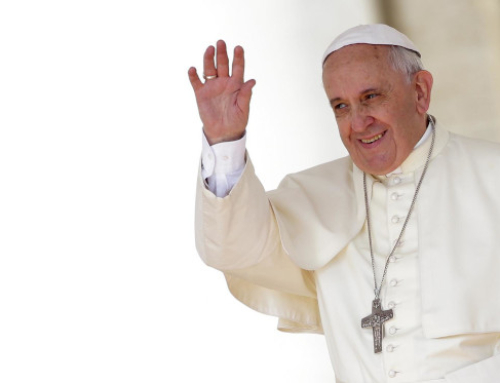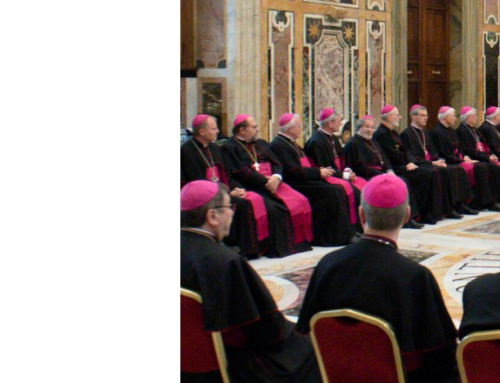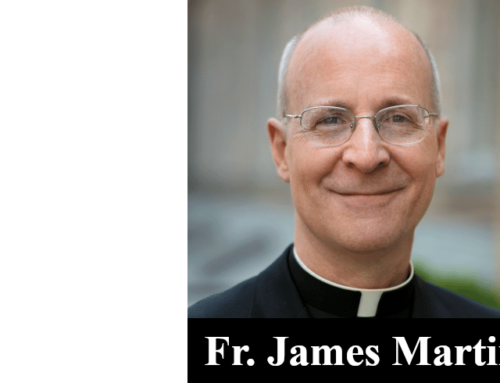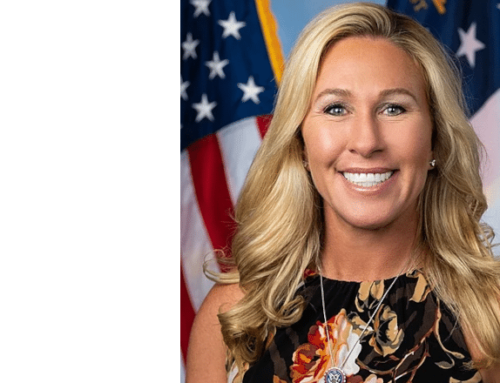Catholic League president Bill Donohue invited University of Mississippi School of Law Professor Ronald Rychlak to address a serious issue at the United Nations.
Professor Rychlak has lectured and authored works on Cardinal Stepinac; has written eight books; is a past honoree at the U.S. Holocaust Museum for his work on inter-faith dialogue; is an advisor to the Holy See’s delegation to the U.N.; and serves on the advisory board of the Catholic League. Thus, he is well suited to discuss the following issue. Here are his remarks:
United Nations Secretary General Antonio Guterres recently gave his permission for the opening of an exhibition at the U.N. building in New York City. Entitled “Jasenovac – The Right to Remember,” the exhibit is part of a joint Serbian-Jewish project connected to International Holocaust Remembrance Day. It focuses on war crimes committed in the most notorious World War II concentration camp in Croatia – Jasenovac. While reports on the number of people who died there vary greatly, the memorial webpage maintains a list of 69,842 victims.
No one questions the importance of remembering and documenting the horrors of the concentration camps, but Croatian authorities have protested aspects of the exhibit. The biggest problem has to do with how it portrays Archbishop (later Cardinal) Alojzije Stepinac from the Archdiocese of Zagreb.* Rather than being a collaborator with those who ran the camp, as the exhibit suggests, he openly opposed the abuses and defended the victims of Jasenovac. Allegations against him are most unfair.
During the Second World War, when Croatia was part of Yugoslavia, a pro-Nazi group, the Ustaše, came to power under leader Ante Pavelic. Ustaše leaders claimed a Catholic background, but they were not on good terms with the Church. They were very vicious in their persecution of Jews, Serbs, and anyone who got in their way. They also ignored repeated instruction from the Church not to engage in forcible conversions.
Stepinac often preached against racism and in support of Serbs, Jews, and others who were persecuted for their race. His sermons against the Ustaše were so strong that the fascist leaders prohibited their publication. There is even a story about a Nazi officer who came to Zagreb and heard Stepinac condemn the Ustaše’s actions so strongly that he said, “If a churchman in Germany spoke like that, he would not step down from the pulpit alive.”
The Associated Press reported that “by 1942 Stepinac had become a harsh critic” of the Ustaše, condemning its “genocidal policies, which killed tens of thousands of Serbs, Jews, Gypsies and Croats.” The feud between the Ustaše and the Church eventually got so serious that several Catholic priests were sent to Jasenovac.
In 1943, Stepinac wrote that “Jasenovac is a shame and stain for the Independent State of Croatia…. The entire nation, particularly the close families of the murdered seek retribution, reparation, the bringing of the executioners before the court. They are the gravest misfortune of Croatia!” He sent money and sacks of flour to the Jewish community on a monthly basis for the benefit of the inmates at Jasenovac.
Stepinac’s reputation was tainted after the war when a Soviet-dominated Communist government took over and began persecuting the Church. Stepinac was tried and convicted of treason and collaboration with the Ustaše in a proceeding that was widely recognized as a show trial. With the fall of communism, the unfairness of the trial was revealed. In 2016, his conviction was annulled due to “gross violations of current and former fundamental principles of substantive and procedural criminal law.” Pope John Paul II, of course, did not need to wait for that governmental action; he declared Stepinac a martyr and beatified the cardinal in 1998.
Historians should take care not to perpetrate falsehoods as they work to memorialize the past. Croation authorities are legitimately concerned that the display at the U.N. will do just that.
*From what we have learned the exhibit was modified before its U.N showing, excising any reference to Archbishop Stepinac.







